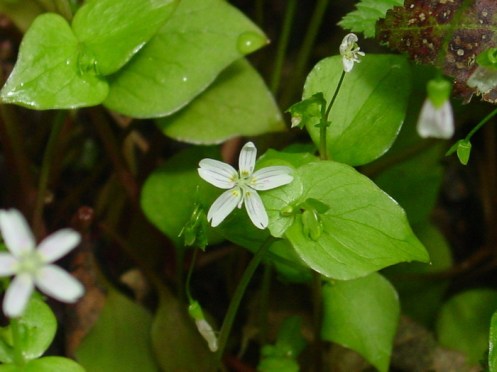Bleeding Hydnellum (Hydnellum Peckii) also called Strawberries and Cream, Devil's Tooth
Hydnellum: Genus of tooth fungi
Peckii: named for American botanist Morton Eaton Peck
Ok. So while I enjoy plants, I really enjoy mushrooms. Like really really. Finding a new mushroom is thrilling in a way I can't compare to any other experience. Unlike many mushroom hunters, I don't care much about picking them (although I like that too) or eating them (ok I admit I also enjoy eating them!) But what thrills me the most is finding them. And just how cool they look. Unlike plants, mushrooms like to hide - we once found a 16" tall, bright red bolete growing right next to our campsite - we had spent 3 days within 20 feet of it before we noticed it. I love that.When you start looking for mushrooms, you soon realize that they are freaking everywhere (at least in the Pacific NW).
I found this bleeding hydenellum on the Oregon coast last fall, and when I look at the picture now, it still blows me away. It isn't edible, and it has some marginal medicinal properties. But - it's surface looks as soft as velvet, and it oozes red liquid, people! What could the evolutionary reason be for secreting bright red fluid? No one really knows.
The red liquid only appears on younger specimens, and it varies from shroom to shroom. Like all the hydnellums, it has "teeth" on the underside, instead of the usual gills. The hydenellums all seem to be very hardy, they last for weeks or even months without decaying.




